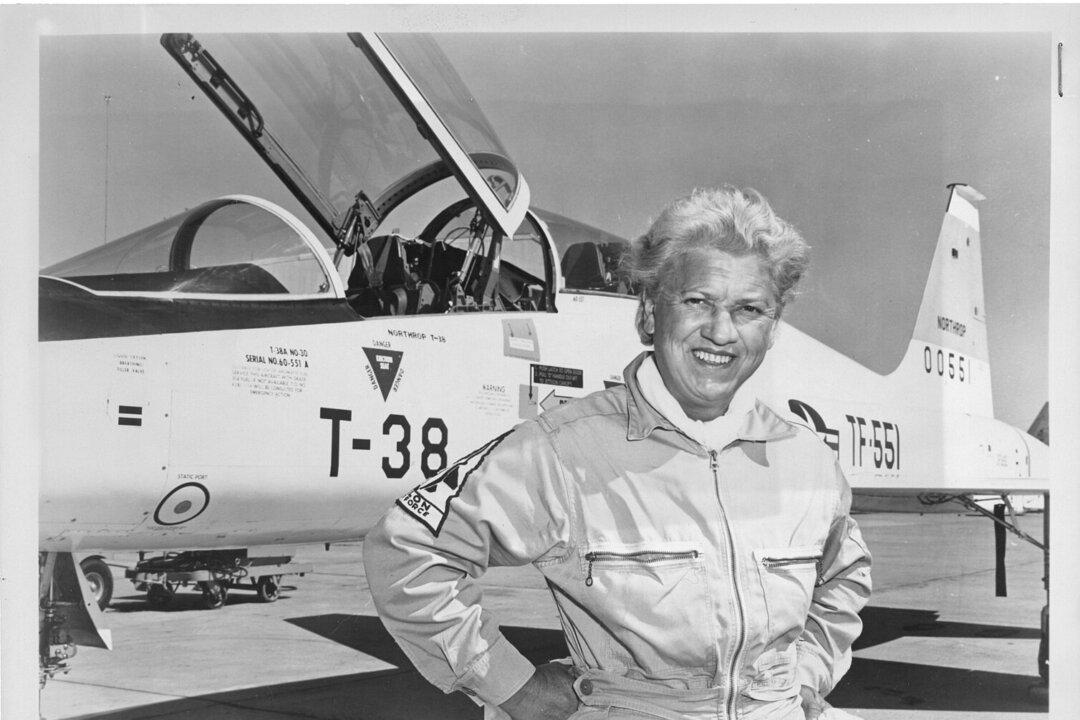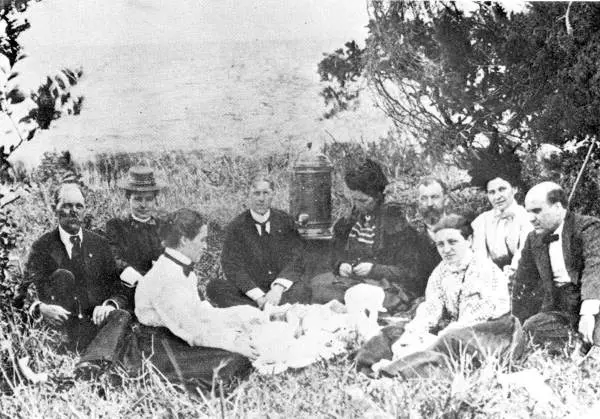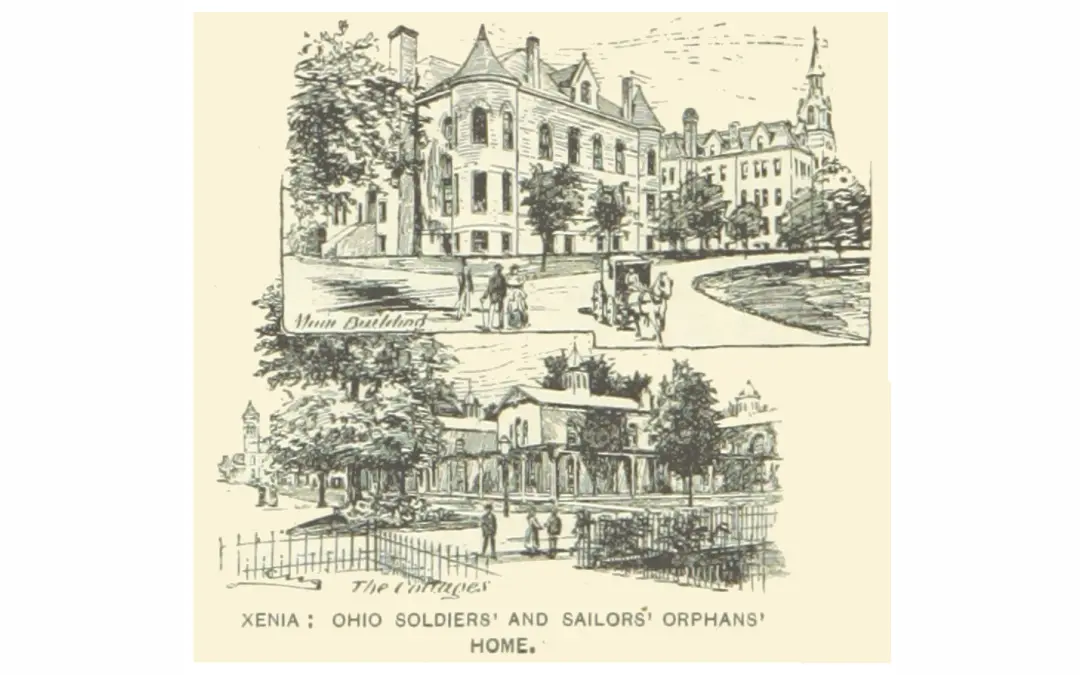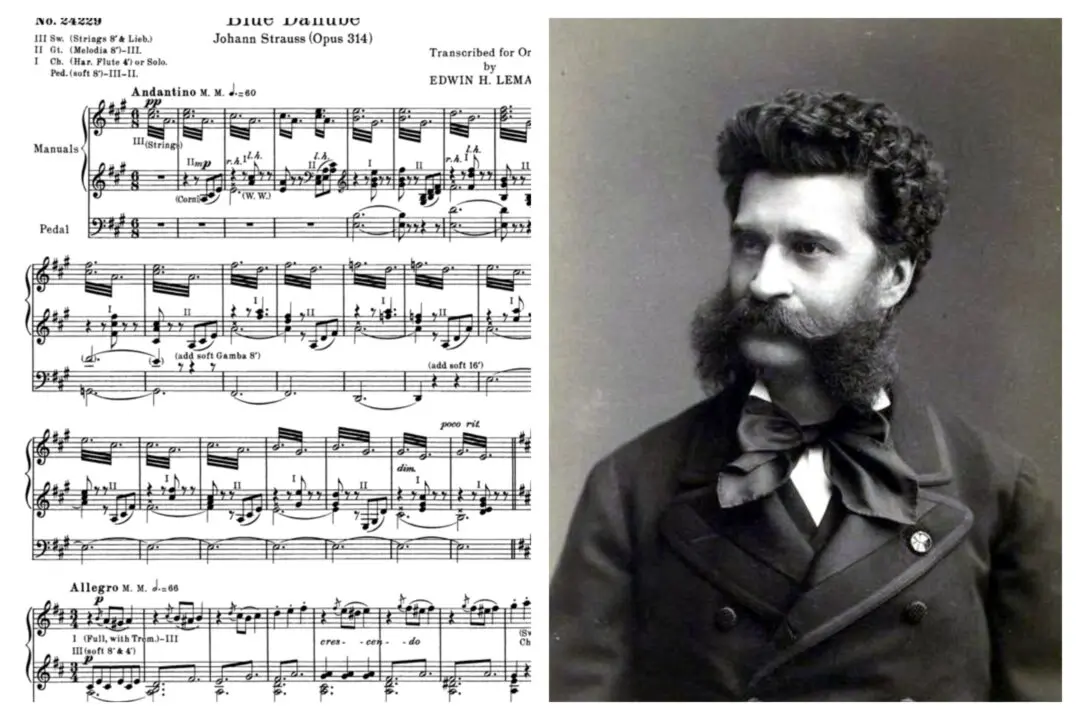In 1987, Bantam Books released Jacqueline Cochran’s autobiography. The poetic title of Cochran’s earlier published memoir, “The Stars at Noon,” was scrapped in favor of the more straightforward, “Jackie Cochran: The Autobiography of the Greatest Woman Pilot in Aviation History.” Since Cochran had been dead for seven years, there was no good excuse to be humble. And for once, the pride wasn’t hyperbole. According to the National Air and Space Museum, Cochran held more records for speed, altitude, and distance than any pilot in history, male or female.
How did she do it? Well, in one chapter of her autobiography, Cochran opens with a basic motivational tenet that guided her through life: “I could never have so little that I hadn’t had less.”





